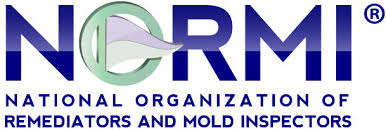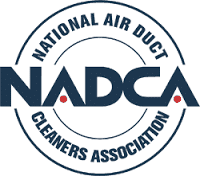Prepping Your Home for Snow

Fall is almost over which means winter is fast approaching, and while winter bring inconvenience and cold temperatures it can also bring severe weather and potential home damage. Protecting your home from damage during the winter is vital, a frozen pipe or an ice dam can cause flooding in your home.
This winter to prevent frozen and burst pipes, you will want to start by checking all of your pipes for any potential leaking. Once any leaks are repaired, wrap all of your pipes with insulation sleeves, this will help to slow heat transfer. If the winter is especially cold and your heating system is struggling to keep up, consider wrapping your water heater in an insulated cover and opening cabinet doors in the bathrooms and kitchen to allow the warm air to circulate around the pipes. If there are pipes that you cannot reach to insulate turn the faucet on a slow trickle, this will help keep everything moving. Finally, if you are leaving you home unattended during any cold periods consider winterizing your water system, the antifreeze will ensure you come home to a nice dry home.

Ice dams and icicles can be your homes worst enemy, ice dams are continuous chunks of ice that form along the margins of the home. These ice dams can tear off gutters, loosen shingles, and cause water to back up into your house. With the water backing up into the house comes peeling paint, warped floor, stained sagging ceilings, and soggy, moldy insulation. When insulation gets wet not only does it attract mold, but it loses R-value, which means you are now paying more to heat you home.
So how do ice dams form? It starts with heat collecting in the attic and warming the roof, but the eaves stay cold. As the attic warms the snow on the roof melts and runs down the roof, when it reaches the cold eaves it refreezes. The ice slowly builds up and forms a dam, the meltwater now has nowhere to go and will flow under the shingles into the house.
Ice dams can form fast and a lot of times you won’t know they are even there until it is too late, but don’t worry there are a few things you can do before there is a problem. You can install heated cables in a zigzag pattern along the edge of your roof, the cables help to regulate your roofs temperature and keep the water from freezing at your eaves. You can also rake the snow off your roof with a long-handled aluminum rake, this keeps the snow off your roof and eliminates the build up of snow and ice on your eaves. For a more permanent fix against ice dams have a professional evaluate the following problem areas: ventilation at eaves and roof ridge, any attic hatches or whole-house fans for proper sealing, all exhaust fans are properly vented outside of the home, there is proper flashing around chimneys, and that all HVAC ducts are sealed and insulated. Having a professional address any of those issues will help to minimize the heat loss though the attic of your home and in turn help to minimize the potential for ice dams to form on the eaves of your home.




